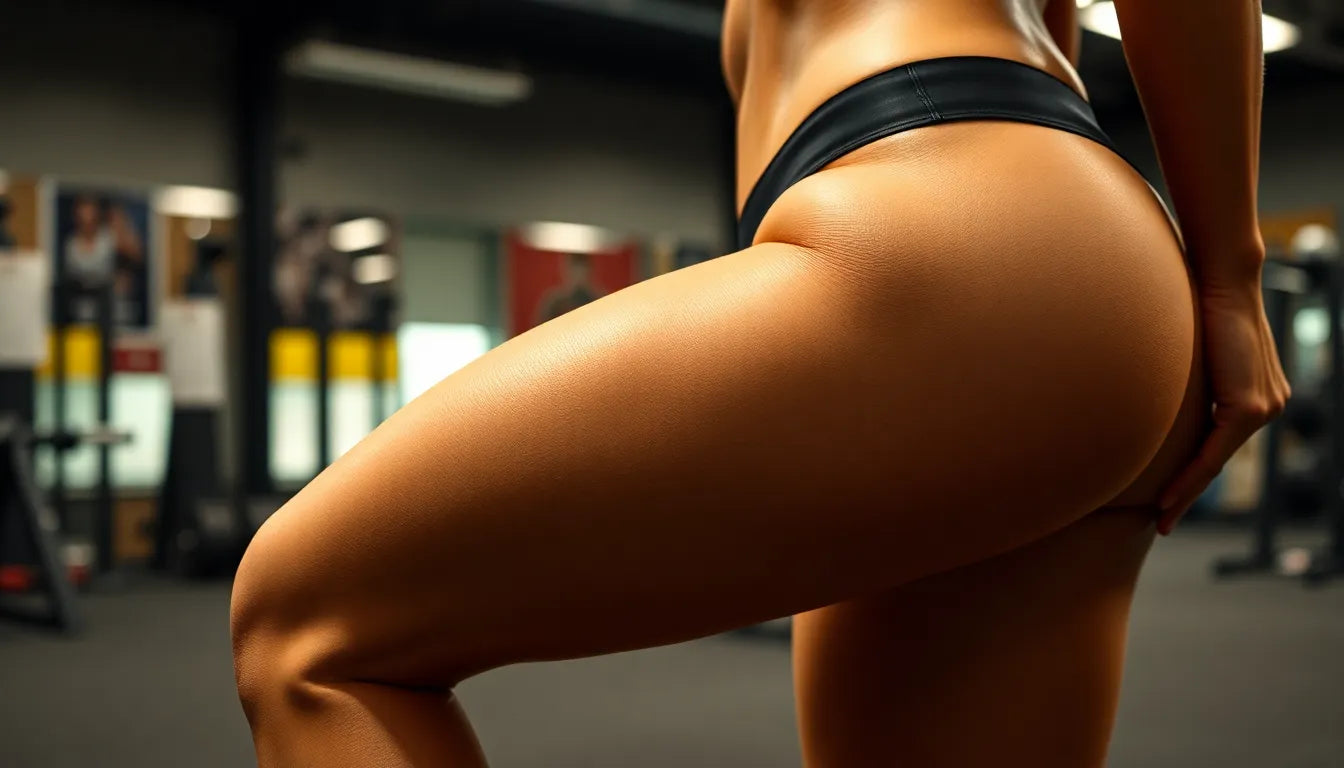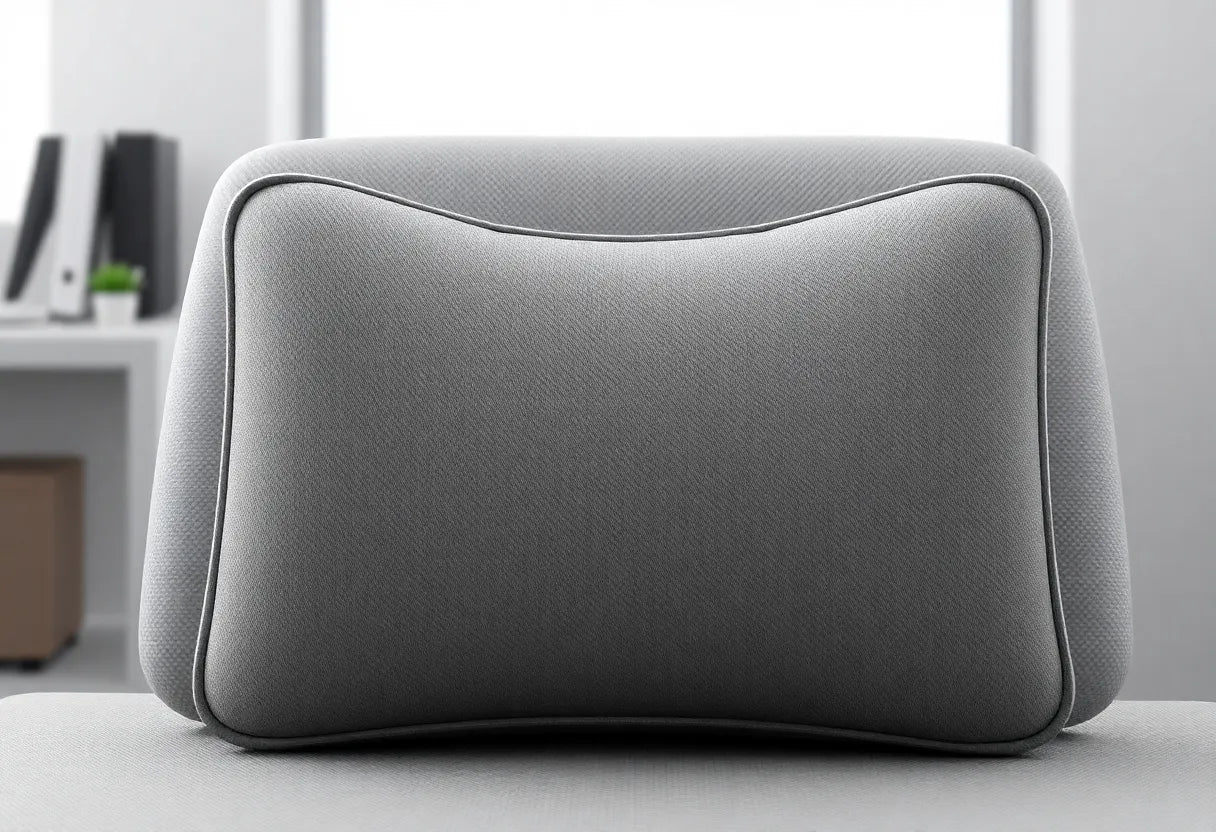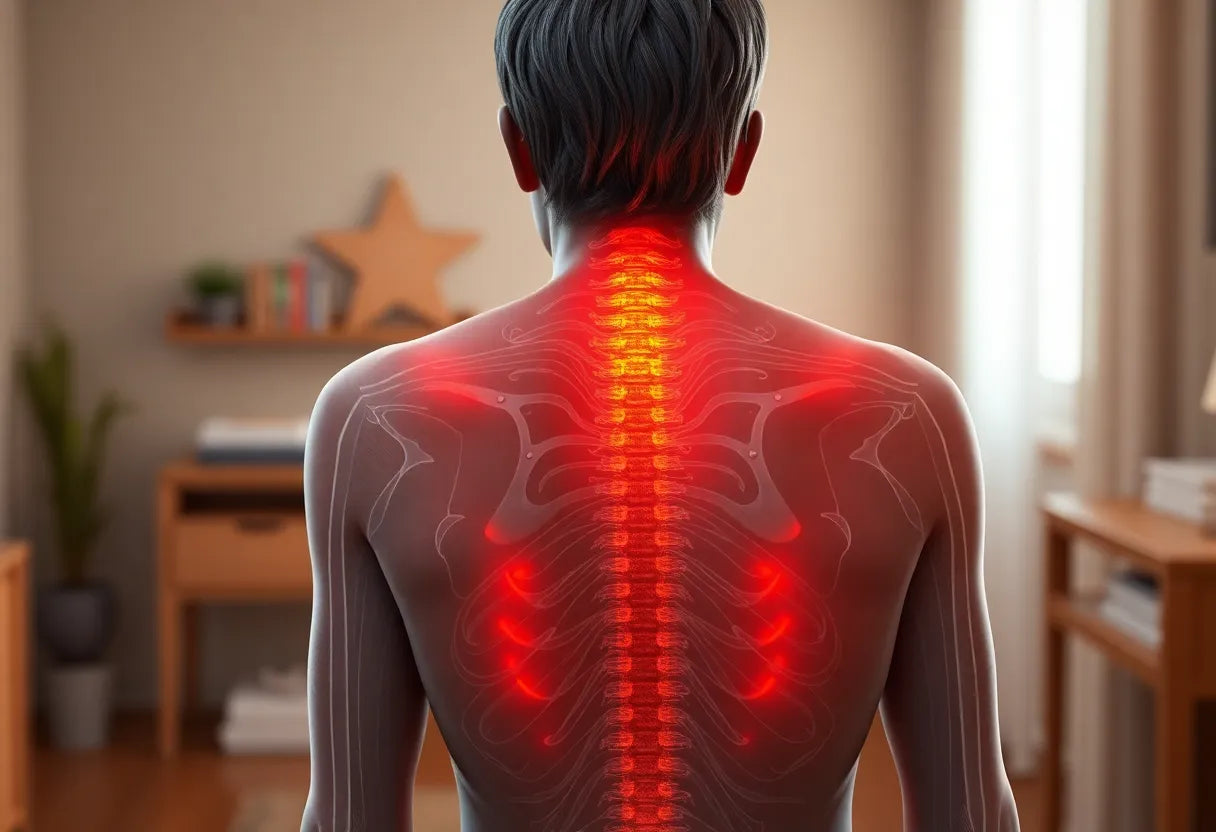The gluteal muscles, commonly referred to as the glutes, are more than just a centerpiece for aesthetic appeal; they are essential for functional movement and overall health. Comprising three distinct muscles—the gluteus maximus, medius, and minimus—this muscle group plays a pivotal role in stabilizing the pelvis, supporting the lower back, and facilitating movements such as walking, running, and jumping. Strong glutes are crucial not only for athletes aiming to enhance performance but also for anyone looking to prevent injuries and improve daily activities.
common issues and misconceptions about glute exercises
Despite their importance, the glutes are often neglected or misunderstood in fitness routines, leading to underdevelopment, especially in individuals with sedentary lifestyles. A prevalent misconception is that squats are the only effective exercise for building glute strength. While squats do engage the glutes, they also heavily involve other muscle groups like the quadriceps and hamstrings, which can lead to suboptimal glute activation if not complemented by other exercises.
Another common issue is the tendency to overlook the entire gluteal complex. Many people focus solely on the gluteus maximus, the largest of the three muscles, without considering the medius and minimus, which are crucial for hip stability and lateral movement. This oversight can result in imbalances and increase the risk of injuries, particularly in the lower back and knees.
the science behind effective glute workouts
Scientific studies, particularly those utilizing electromyography (EMG), have shed light on the most effective exercises for targeting the glutes. These studies measure muscle activation levels, providing insights into which exercises best engage the gluteal muscles. The findings reveal that exercises such as hip thrusts and step-ups are superior in activating the gluteus maximus, while movements like glute abductions and quadruped hip extensions effectively target the gluteus medius and minimus.
In this post, we promise to deliver a selection of reader-approved, science-backed exercises that focus on all three gluteal muscles. These exercises not only aim to enhance the aesthetic appeal of your glutes but also improve their functional capabilities, ensuring you reap the full benefits of a strong and balanced lower body.
key insights from research and experts
Research and expert opinions underscore the importance of incorporating a variety of exercises to effectively target all three gluteal muscles. This approach ensures balanced development and optimal performance, addressing the limitations of traditional exercises like squats, which often involve other muscle groups. A shift towards more glute-specific movements is evident, driven by insights from electromyography (EMG) studies that highlight exercises with superior glute activation.
exercises to fire up your glutes
hip thrusts
Hip thrusts are a standout exercise for maximizing gluteus maximus engagement. To perform this exercise, position your upper back on a bench and your feet flat on the ground. Drive through your heels, lifting your hips until your body forms a straight line from shoulders to knees. Ensure a strong squeeze at the top, then lower your hips under control. This movement is unparalleled in its ability to activate the glutes, making it a staple in any glute-focused routine.
step-ups
Step-ups are effective for engaging both the gluteus maximus and medius. Begin by placing one foot fully on a raised surface. Push through the heel of the stepping leg to lift your body, and maintain control as you lower yourself back down. Variations such as lateral, diagonal, and crossover step-ups can be incorporated to challenge different angles and enhance overall glute activation.
lunges (walking, curtsy, bulgarian split)
Lunges are versatile exercises that target all three glute muscles while also enhancing balance and hip stability. When performing walking lunges, focus on taking long strides and driving through the lead heel. Curtsy lunges, which involve crossing one leg diagonally behind the other, emphasize lateral glute engagement. Bulgarian split squats, where the rear foot is elevated, provide an intense stretch and contraction for the glutes.
deadlifts (traditional, stiff-leg, sumo)
Deadlifts are a powerhouse exercise for the posterior chain, including the glutes. To execute a traditional deadlift, maintain a neutral spine and hinge at the hips, engaging your glutes as you lift. Stiff-leg deadlifts further isolate the glutes by minimizing knee bend, while sumo deadlifts offer a wider stance to engage the inner thighs and glutes differently. Each variation provides unique benefits, making them excellent additions to your routine.
glute abduction exercises
Glute abduction exercises are crucial for targeting the gluteus medius and minimus. Machine hip abductions, particularly with a forward lean, effectively engage the upper and side glutes. Cable hip abductions and banded lateral walks offer additional resistance and variety, ensuring comprehensive development of the gluteal muscles.
quadruped hip extensions (“donkey kicks”/fire hydrant)
Quadruped hip extensions, commonly known as donkey kicks or fire hydrants, are excellent for activating both the gluteus maximus and medius. Begin on all fours, then lift one leg laterally, as if mimicking a dog lifting its leg. This movement can be intensified with resistance bands, significantly enhancing glute activation and strength.
Integrating these exercises into your fitness routine can lead to substantial improvements in glute strength and aesthetics. By focusing on a diverse range of movements, you ensure that all aspects of the gluteal muscles are effectively targeted, leading to better performance and reduced risk of injury. As you incorporate these exercises, remember the importance of progressive overload and consistency to achieve optimal results.
continuing your glute training journey
To achieve the best results from your glute exercises, it's crucial to focus on progressive overload and consistency. Progressive overload involves gradually increasing the amount of resistance or intensity of the exercises to continually challenge your muscles. This approach not only helps in building strength but also in enhancing muscle growth over time. Consistency, on the other hand, ensures that your muscles are regularly stimulated, which is essential for sustained improvement and adaptation.

Lumbar support belt
Combats lower back pain by supporting and stabilising the lumbar area; great for pain relief.
Incorporating these exercises into a balanced workout routine can be tailored to fit different fitness levels and settings. For beginners, starting with bodyweight exercises such as glute bridges or donkey kicks can build a strong foundation. As strength and confidence grow, adding resistance through weights or bands can significantly enhance the challenge and effectiveness of the workouts.
adaptations for various fitness levels
Whether you're working out at home or in the gym, there are modifications available to suit your environment and equipment accessibility. For those with limited equipment, resistance bands and bodyweight exercises can provide ample challenge. Conversely, if you have access to a gym, incorporating machines and free weights can offer a broader range of exercises and resistance levels.
Advanced exercisers can intensify their routines by adding plyometric elements or combining exercises into supersets to increase the metabolic demand and further engage the glutes. For instance, pairing hip thrusts with step-ups or lunges with deadlifts can create a comprehensive workout that targets all aspects of the gluteal muscles.
frequently asked questions
what are the best glute exercises for beginners?
Start with bodyweight exercises like glute bridges and progress to weighted exercises as strength improves. These foundational movements help build strength and endurance without the need for complex equipment.
do I need equipment to grow my glutes effectively?
While equipment can enhance workouts, many effective glute exercises can be performed with just body weight or minimal equipment like resistance bands. These tools can add resistance and variety, making workouts more challenging and effective.
how often should I train my glutes for optimal results?
Aim for 2-3 times per week, allowing for rest and recovery between sessions. This frequency ensures that the muscles are adequately stimulated and have time to repair and grow stronger.
can I target specific areas of the glutes?
Yes, exercises like hip abductions and fire hydrants can help target the gluteus medius and minimus, while hip thrusts and deadlifts focus more on the gluteus maximus. Incorporating a variety of exercises ensures balanced development across all muscle groups.
what should I do if I experience pain during glute exercises?
Stop the exercise, assess your form, and consult with a fitness professional or physical therapist if pain persists. Proper form is crucial to prevent injuries and ensure that the exercises are effective and safe.
By following these guidelines and incorporating the recommended exercises, you can effectively target your glutes and achieve both aesthetic and functional benefits. Remember to listen to your body, adjust your routine as needed, and enjoy the process of building a stronger, more resilient lower body.

Men's Posture Shirt™ - White
Patented shirt with Neuroband™ tech to improve posture and support active or sedentary routines.
Källor
- Reiman, M. P., & Manske, R. C. (2020). "The Assessment of Function in Gluteal Muscle Injury." International Journal of Sports Physical Therapy.
- Elevate Physical Therapy and Fitness. "Glute Exercises."
- Distefano, L. J., et al. (2009). "Gluteal Muscle Activation During Common Therapeutic Exercises." Journal of Orthopaedic & Sports Physical Therapy.
- ACE Fitness. "Strength Training the Glutes: An Evidence-Based Approach."
- Selkowitz, D. M., Beneck, G. J., & Powers, C. M. (2020). "Which Exercises Target the Gluteal Muscles While Minimizing Activation of the Tensor Fascia Lata? Electromyographic Assessment Using Fine-Wire Electrodes." Journal of Orthopaedic & Sports Physical Therapy.
- Built With Science. "The Best Glute Exercises."
- Rehab Hero. "The Best Glute Exercises."
- YouTube. "Glute Exercises for Strength and Size."
- NSCA. "Program Design Considerations for Optimal Strength and Hypertrophy of the Gluteal Muscles."























